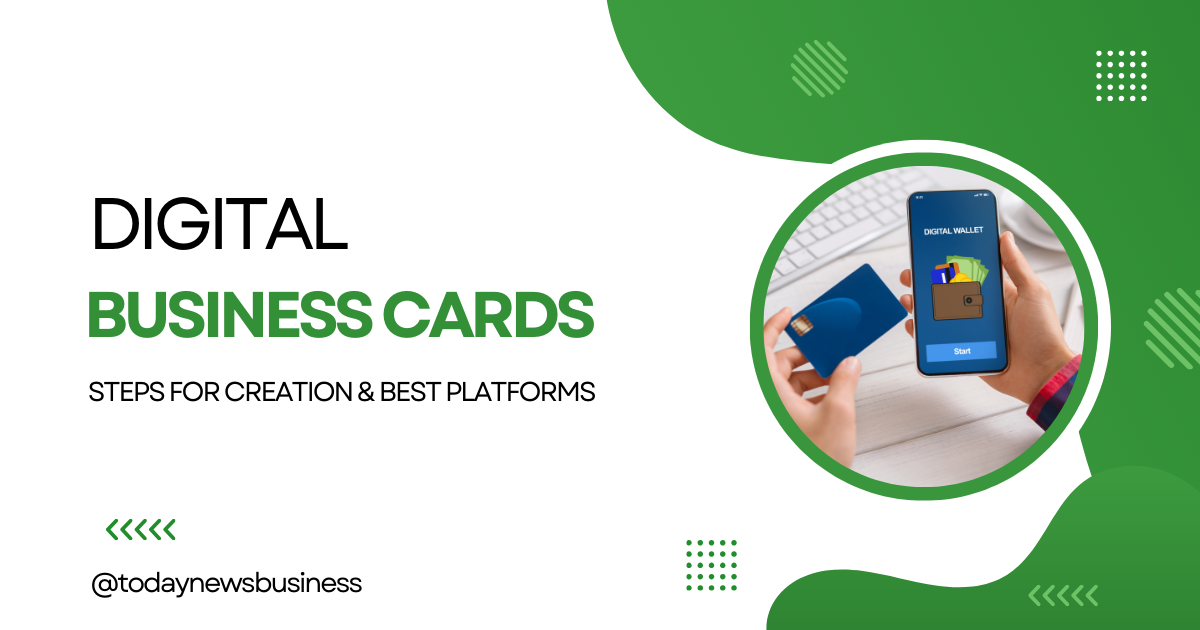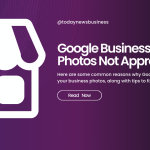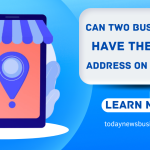Digital business cards provide an innovative solution for exchanging contact information in today’s digital world. Unlike physical cards, they offer reliability, flexibility, and cost savings through their convenient online access.
In this blog post, we will cover the steps to creating a digital business card, the best platforms to create cards and popular ways to share digital business cards. So, stick around with us till the end.
Also, read our latest blog post on Everything You Need to Know About Avery Business Cards
Digital Business Cards – A Brief Overview
Digital business cards are modern alternatives to physical business cards. They allow professionals to digitally exchange contact details like name, job title, phone number, and email through QR codes or smartphone apps. This eliminates the need for physical cards while offering a cost-effective way to network.
These cards can be easily customized and shared through various modes. They are versatile tools for branding and connecting with others in a digital world.
Steps to Create a Digital Business Card
Creating a digital business card is simple, all you have to do is follow the steps discussed below.
1. Choosing a Creation Platform
Digital business cards are easily designed using online platforms that provide professional templates to get started. These user-friendly services allow you to customize cards by adding your logo, contact details, and links.
After the steps, we have discussed a number of creation platforms that you can consider using.
2. Selecting a Template
Once you’ve chosen a creation platform, the next step is picking the perfect template. Most sites offer various professionally designed templates to suit different industries and styles.
Browse through template options to select one that aligns best with your branding preferences. A good fit allows you to easily customize colors, images, and details to represent yourself or your business uniquely.
3. Adding Contact Details
It’s important to include your details so people can reach you. Be sure your name, title, company, if you have one, phone number, email, and links, are all listed clearly. Take time to double check everything is right before customizing the rest. Providing the best way for people to contact you is key to future conversations.
4. Customization Options
After adding contact details, you can customize the design to uniquely represent yourself or your business. Play around with features like background colors and images, font styles, icon selections, and layout positioning. Don’t forget to include your logo for instant brand recognition.
The goal is to create a card that reflects your personal or professional brand in the best light. Have fun expressing your unique style and vision through customization.
5. Updating Information
It’s important to keep contact details up-to-date, especially as work situations evolve. Review your digital business card periodically and make any necessary changes in real-time, like updating phone numbers, email addresses, or website URLs.
This ensures recipients always have accurate information to stay connected. Some platforms automatically sync updates across all shared cards, removing the hassle of repeated edits.
6. Subscription Plans
Many sites offer different plans to fit different needs. Individual accounts work well for personal use, but group or company memberships give you more. These can include space for lots of designs, reports on how often cards are seen, and customizing the look and feel.
Upgrading to a plan that matches how you’ll use the tools makes sense. That way, you get everything you need to help people find your work online and share it with others.
Best Platforms to Create Digital Business Cards
Creating the perfect digital business card is easy with the right online tools. Here are some highly-rated platforms to consider:
- Designhill: Offers beautiful free templates and affordable paid plans. The intuitive editor allows full customization, like video backgrounds.
- Adobe Express: If you’re familiar with Photoshop, their simple online editor feels similar. Huge library of stock photos and icons.
- Bizcarding: Excellent for quick and easy cards. A free basic account gets you started, and paid tiers add more features.
- Canva: Very user-friendly interface. Massive template selection across all industries and styles. Great for non-designers.
- Tailor Brands: Wide range of modern designs. Standout options like interactive swipe cards. Analytics track sharing results.
Research each platform to determine the best fit based on your needs, budget, and design skills. All help showcase you or your brand through digital cards.
Advantages of Using Digital Business Cards
Digital business cards offer many benefits for networking in modern times:
- Convenience and accessibility: Contacts can easily access profile details anywhere through a quick scan or link. This allows effortless sharing on the go.
- Reliability and flexibility: Unlike physical cards, digital cards won’t fade or get lost. Professionals can depend on up-to-date contact information and flexibly update details as needs change.
- Data collection capabilities: Platform analytics provide insights into scan rates and profile views to gauge networking effectiveness.
- Environmental friendliness: Digital cards reduce paper waste compared to physical printing and distribution.
- Cost-effectiveness: Over time, digital cards save money versus continuously reprinting physical versions.
- Unlimited sharing capabilities: Cards can be shared limitlessly through social media and messaging platforms to expand reach.
- Ability to make instant updates: Profiles remain current with real-time edits to contact points like phone numbers or email addresses.
- Enhanced customization: Digital formats allow for more creative self-expression through features, designs, and branding elements.
Popular Ways to Share Digital Business Cards
There are several easy methods for sharing your digital contact information with others. QR codes, emailing a link, and posting to social networks are among the most commonly used options.
1. Using QR Codes
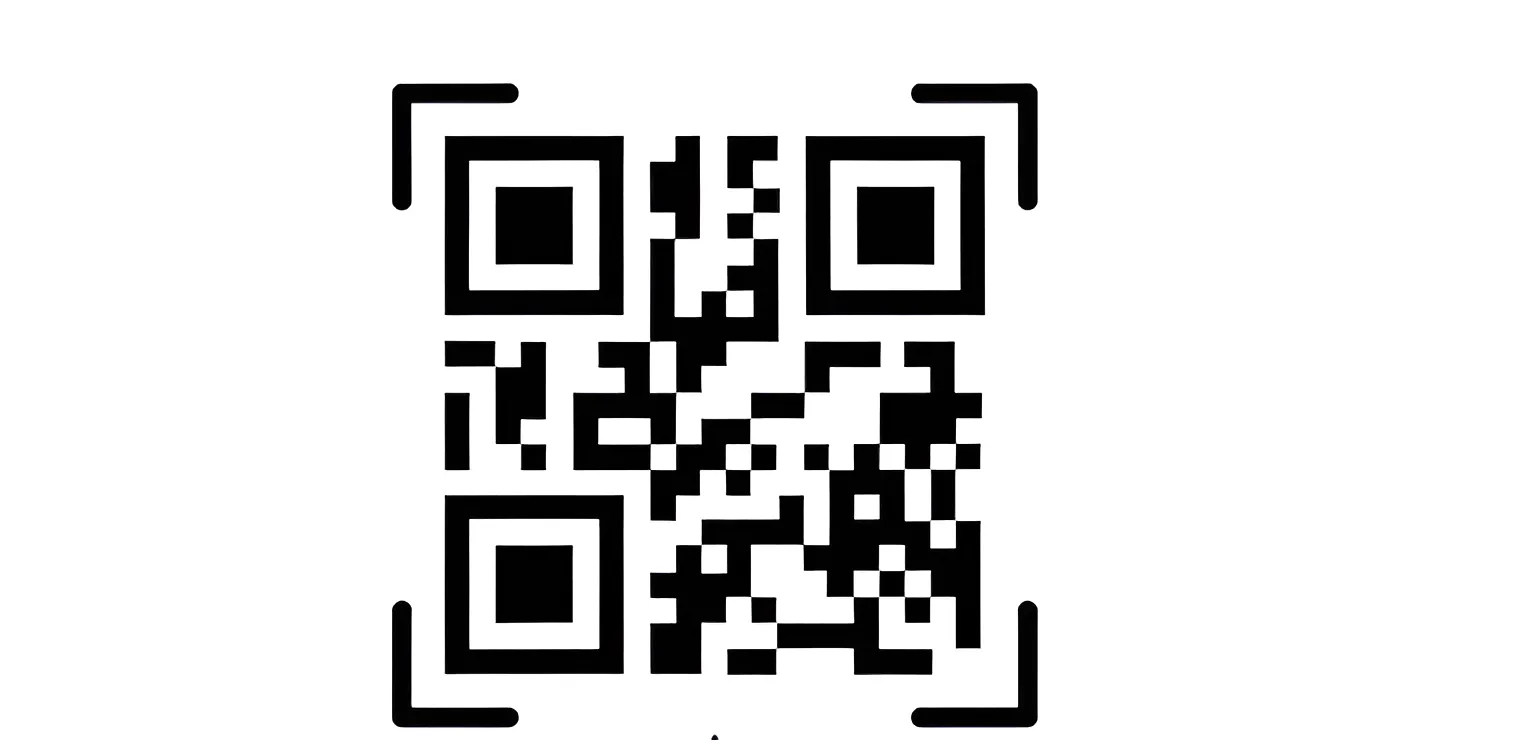
QR codes provide a quick and convenient way for people to access your online contact details using their smartphone. Simply display the QR code clearly on a business card, brochure, or website. Those who scan it with their device will be directed straight to your digital profile, making it simple to learn more about you and what you do.
2. Incorporating into Email Signature 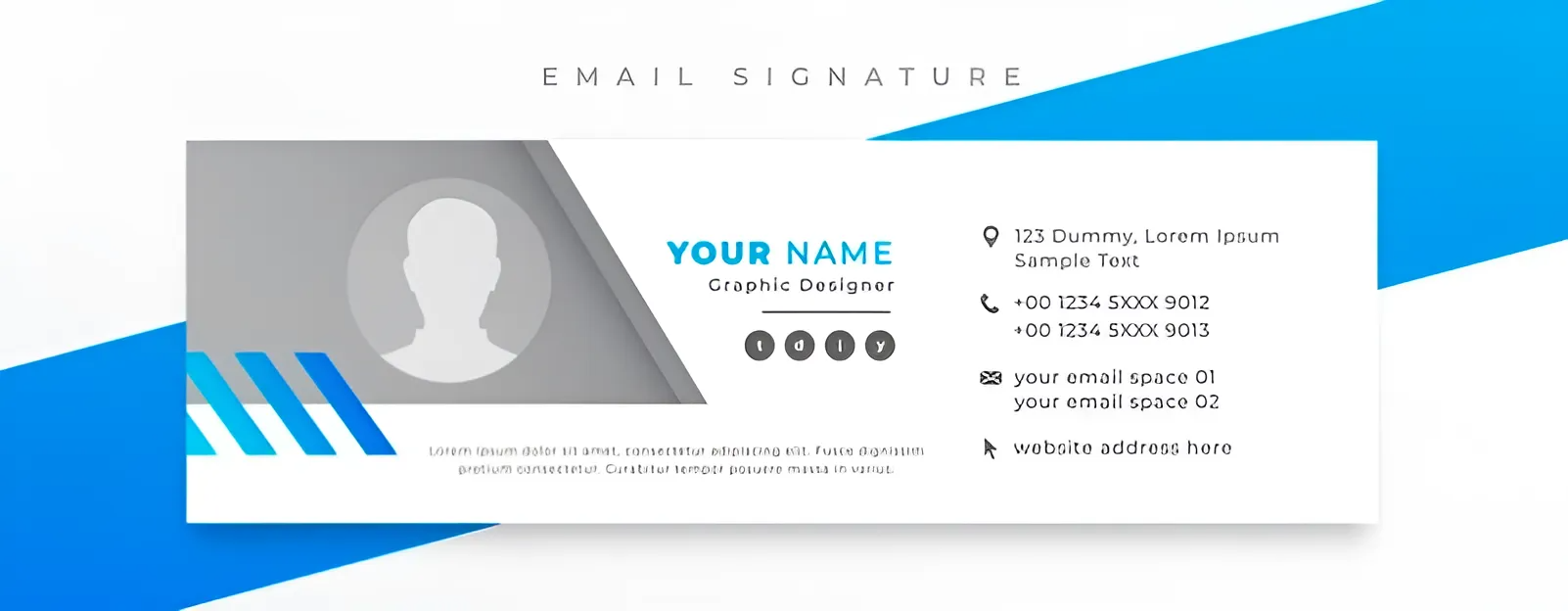
You can also insert a link to your digital business card profile in your email signature. This puts it in front of clients and colleagues each time you correspond with them electronically. It makes sharing your online contact information effortless with every message sent.
3. Sharing via Text Messages
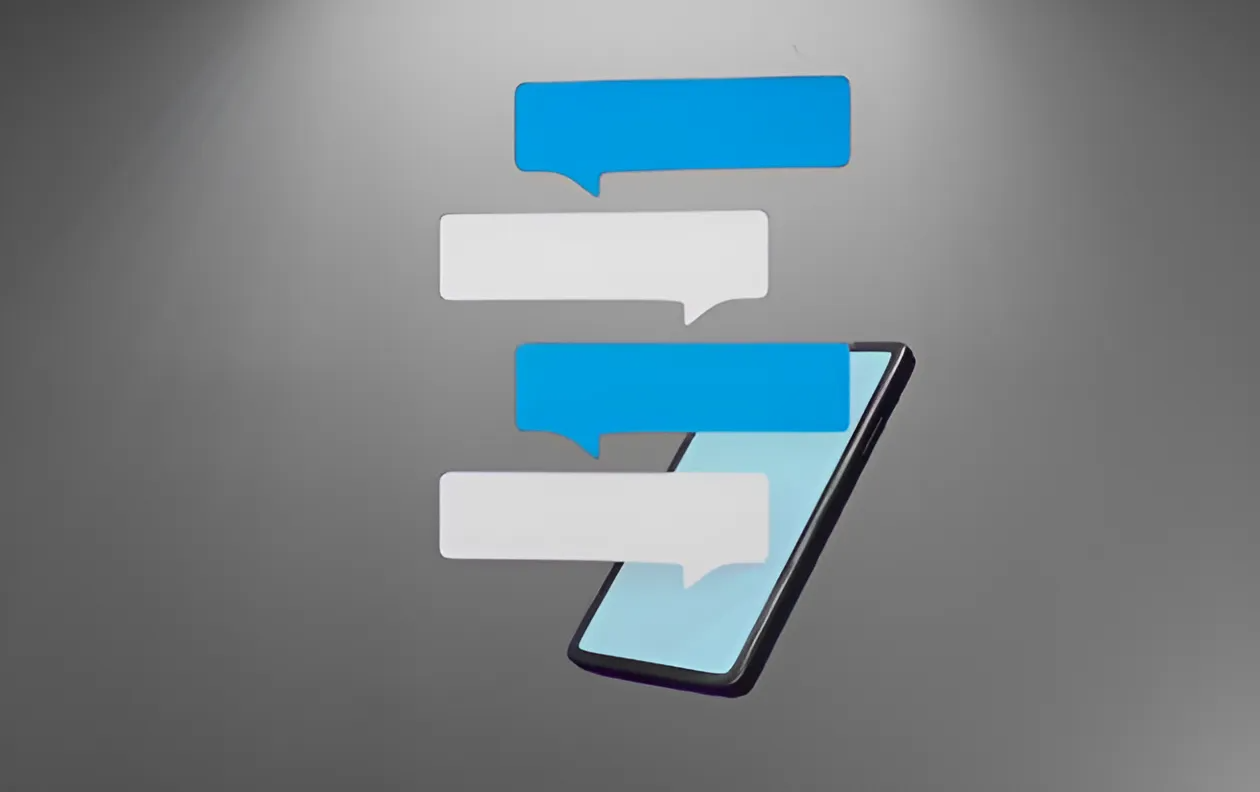
Texting a link to your digital card is another easy way to share your contact details. Simply send the web address as a text to anyone you meet, whether a new connection or an existing client. It’s a convenient channel many people check frequently, so they’re likely to see it promptly.
Final Words:
Digital business cards provide modern professionals with a cost-effective and convenient way to share up-to-date contact details through easy-to-use online platforms. Their versatility and accessibility allow networking to flow smoothly in today’s digital world.

